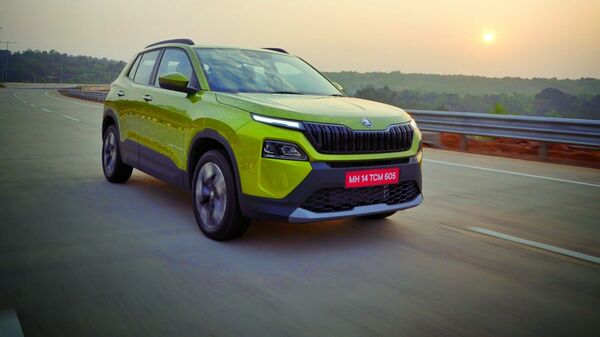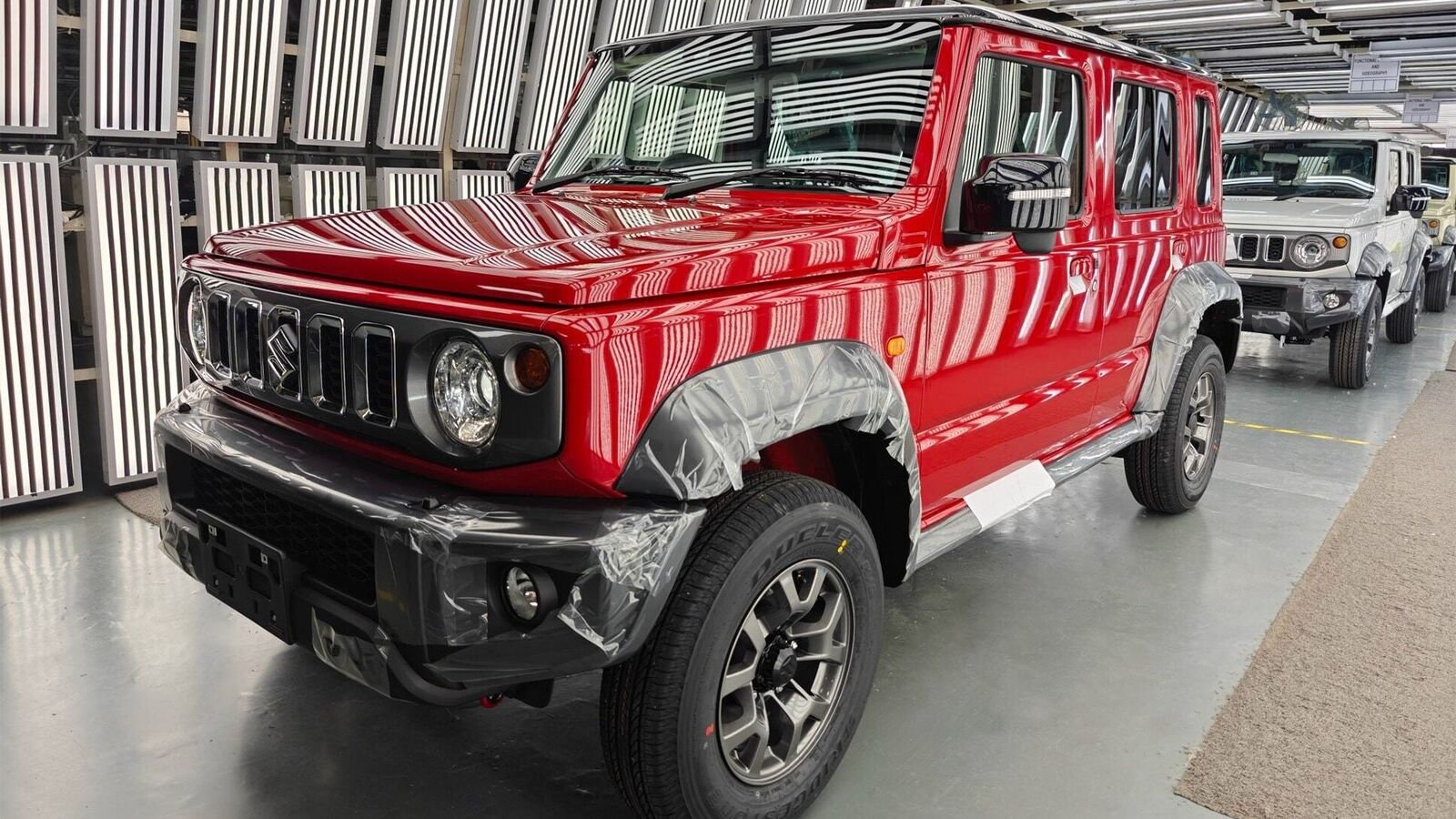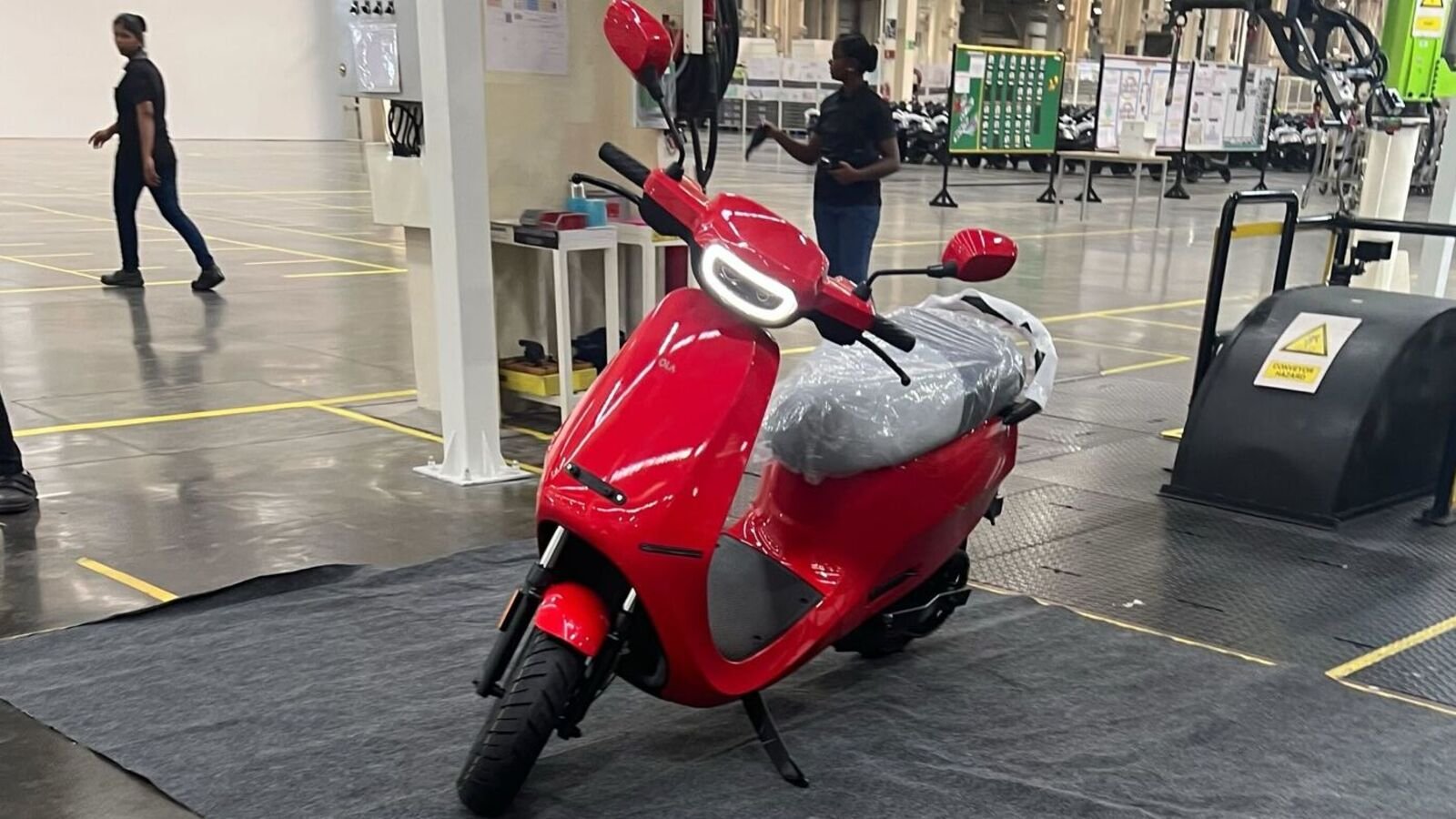India’s EV market has witnessed significant growth, with increasing competition among mass-market players. Dominated by Tata Motors, the market saw several launches in 2024, including the MG Windsor EV, Tata Curvv EV, and Punch EV.
In contrast, Skoda and Volkswagen have yet to formally begin their electrification journey. At Auto Expo 2025, Skoda confirmed plans to bring global models like the Elroq, Enyaq, and Enyaq Coupe to India, hinting that all three might eventually be launched. Volkswagen, on the other hand, is expected to commence its EV rollout shortly after Skoda’s first electric offering.
Also Read : Skoda Kylaq SUV first-drive review: Biggest offensive in compact packaging
Arora outlined a three-phased approach for the group’s electrification strategy in India. In the first phase, the focus will be on introducing global electric models to showcase the group’s technological prowess. Currently, the Porsche Taycan and Audi e-Tron range represent the group’s EV presence in India. The next step involves bringing in global models like the Skoda Enyaq and Volkswagen ID.4, which was showcased in 2024.
However, these vehicles will initially be introduced as completely built units (CBUs). As the strategy progresses to the second phase, the company plans to begin local assembly of these vehicles, contingent on market demand. This move is expected to make the products more accessible and cost-effective for Indian consumers.
The third phase will focus on the development of EVs specifically designed and engineered for the Indian market under the Skoda and Volkswagen brands. These vehicles will leverage the group’s global platforms, customized to suit local requirements.
Arora emphasised that the group’s approach aims to balance its global expertise with localized solutions. This philosophy was evident in the India 2.0 initiative, where Skoda and Volkswagen utilized the MQB-A0-IN platform—a localized adaptation of the global MQB-A0 architecture—to develop India-specific products. Similarly, the new EVs will be based on global platforms, tailored to meet the unique demands of the Indian market.
Can the new electric SUV be based on the Kylaq?
Skoda entered the Indian market in 2001, and Volkswagen entered in 2007. Initially, both of them used their global product portfolio to establish themselves in the Indian market. However, the acceptance of these products was not up to the mark. To address this, the companies launched their India 2.0 strategy with a focus on developing products tailored to the Indian market.
Under this strategy, Skoda introduced the Kushaq and Slavia, while Volkswagen launched the Taigun and Virtus. These models marked a shift in approach, prioritizing localization and market-specific engineering. Skoda has now taken the next step in its India 2.0 journey with the launch of the Kylaq, a sub-4-metre SUV, while Volkswagen’s version of this segment is yet to be revealed.
Also watch: Skoda Kylaq review | Practical, no-nonsense ‘baby Kushaq’ | Should you buy the Nexon, Brezza rival?
Arora highlighted the growing importance of the subcompact SUV segment, stating, “That’s exactly what we have tried to cater to.” He further explained that the group is evaluating new opportunities based on the Kylaq’s success. This includes not only exploring additional segments but also expanding into other powertrains, such as electric vehicles (EVs).
His comments suggest that Skoda’s first India-developed EV might leverage the Kylaq’s platform. However, he emphasized a measured approach, saying, “We want to see how successful the product is, and how well accepted the product is. Once we have done that, we are evaluating other segments as well.”
The group’s strategy remains rooted in customer-centricity and adaptability. By closely monitoring market demand, Skoda Volkswagen India aims to introduce products that align with evolving consumer preferences, ensuring its continued relevance and competitiveness in the dynamic Indian automotive market, Arora explained
Skoda Kylaq giving new wings to India 2.0 project
Kushaq and Slavia have helped the company cater to nearly 30 per cent of the Indian passenger vehicle market. With the launch of Kylaq, the carmaker intends to further extend its outreach and deepen its inroads in this segment.

While the Kushaq and Slavia helped the brand establish its presence across the Tier-1 cities, the Kylaq will give the brand a big chance to come into the markets of Tier-2 and Tier-3 cities. Arora explained how the combination of the Kylaq’s introduction plus the strengthening of the dealership presence in these regions will ease access to the new model and augment sales of the other India 2.0 products.
Also Read : New-Gen Skoda Kodiaq India launch confirmed in May 2025
In the past, Skoda’s dealership network was not able to adequately serve these smaller cities and towns, but with its Kylaq launch the scenario presents an opportunity to close that gap.
He emphasised that Indian customers now have higher expectations, and Skoda is committed to ensuring a consistent and premium customer experience across all markets. “Wherever we go, we will provide our ‘Skoda customer experience’ through our dealerships, regardless of the product being offered,” Arora stated.
Furthermore, the Kylaq will act as a platform to showcase Skoda’s capabilities with its premium offerings, such as the upcoming Kodiaq, to Tier-2 cities. This strategic move underlines Skoda’s efforts to broaden its footprint and reinforce its brand presence across diverse segments of the Indian market, Arora added.
Check out Upcoming EV Cars in India, Upcoming EV Bikes in India.
First Published Date: 25 Jan 2025, 16:45 PM IST



